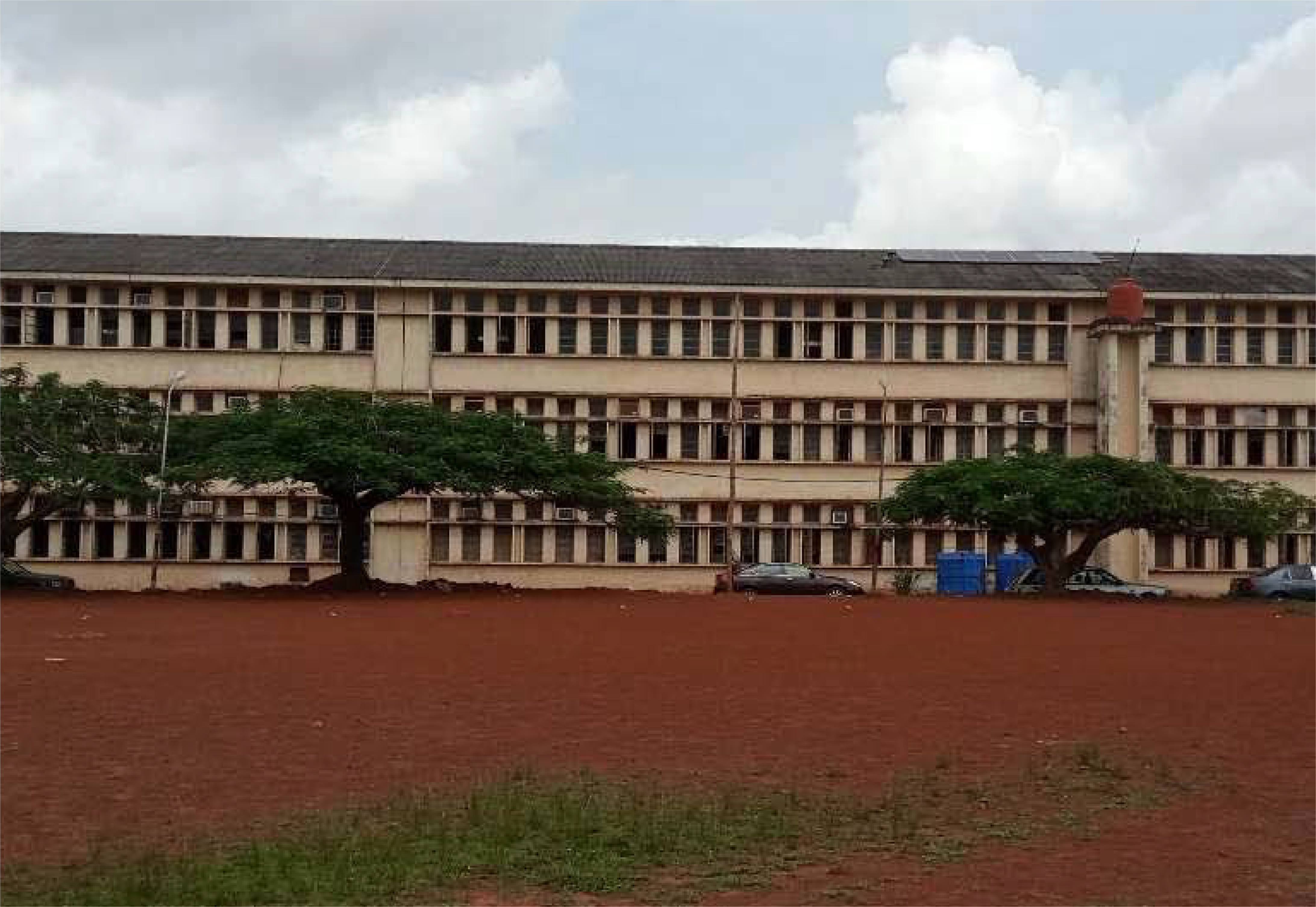Lagos Building, University of Nigeria Enugu Campus
In a world where the compass of right and wrong seems disoriented, and the path ahead appears uncertain, which direction shall we choose? On one side, our actions often seem misguided, while on the other, a vast emptiness awaits, devoid of inspiration. So, I turn my gaze backward, for it is in the past that our true identities reside, allowing the future to embrace the promise of fulfillment. There are moments in our lives when we realize that our past is not just a series of events, but rather a compelling story. Remarkably, it is through these stories that we possess the power to transform and shape the future.
Humanity seldom repeats history verbatim, for we are the inheritors of the same legacy as our ancestors, and our descendants will encounter many of the same challenges we face today. Contemplating their reactions can be both enlightening and disconcerting. Yet, it is through our stories that the past consistently reminds us that, given time, against all odds, we will find our way.
Once upon a time, one could stroll down any street and be surrounded by harmonious architecture. Those streets were not perfect, nor conventionally beautiful, yet they pulsated with life. The old buildings exuded warmth and character, while our contemporary structures seem faceless. The ancient edifices sang with a melody of their own, while the buildings of our age lack the enchanting cadence of music.
I have often pondered the enchantment an old building can evoke, especially when one becomes acquainted with the tales that unfolded within its walls long ago. During my four years as an architecture student, I discovered that old ideas sometimes find new expression in modern buildings, while new ideas often draw inspiration from the ancient.
Today, the Lagos building stands as a testament to time, one of the oldest structures erected in the 1950s for the former College of Arts, Science, and Technology. Situated at the heart of Enugu city, it later became a subsidiary campus for the University of Nigeria Nsukka Campus in 1961. This resilient structure, the Lagos building, discreetly conceals its emotional depth, a poise that may elude us at first glance. With humble grace, it presides over Latitude 6.4246 or 6'25' 28.5" North and Longitude 7.5056 or 7'30' 20.1" East. This architectural gem from the 1950s comprises 150 external freestanding columns, 858 windows, and 65 external doors, all beckoning to reveal its tale. Is it not a perfect masterpiece?
Its form embodies simplicity while simultaneously captivating the beholder with its enchanting vistas. From a distance, it may appear rigid, emphasizing rectangular shapes defined by horizontal and vertical lines. However, a closer examination uncovers the profound presence of honest materials: sturdy blocks, concrete, glass, and vibrant foliage that humbly breathes life into its surroundings. The building's aesthetic direction unmistakably leans toward the modernist architectural style.
The building's orientation is a testament to meticulous planning, with the smaller axis strategically facing east and west to minimize the impact of solar radiation. The stairways, positioned at these corners, offer a glimpse into the building through only two window openings on each of the four walls, delicately illuminating the ascent. Circular roof vents grace these sides of the walls, further enhancing its functionality.
Comprising two interconnected single-banked buildings, seamlessly linked by open lobby embankments, the Lagos building creates a generous courtyard that seamlessly integrates the exterior and interior spaces. Wide lobbies adorned with external freestanding columns embrace the courtyard, proudly displaying an unapologetically beautiful panorama.
Ascending three floors, the building reveals a refined simplicity, blending horizontal and vertical masses harmoniously. The clean aesthetics emerge from the skillful convergence of various materials, expertly joined to create a symphony of form. Classrooms and administrative spaces, connected through inviting lobbies, gracefully accommodate the current Faculty of Environmental Studies.
The interplay of horizontal and vertical masses is delicately managed by extruding concrete fin walls and concrete floor slabs that gracefully overlap each level. The windows, carefully positioned and thoughtfully aligned, create a visual dialogue. The lower levels of each floor feature openable windows, while the higher levels elegantly showcase fixed lights. Among the openable windows, two types prevail: casement and sliding windows. A sense of antiquity surrounds the casement windows, evoking a feeling of timelessness, as if they were part of the building's original design. These windows, together with the opaque glass and metal mullions, also define the fixed lights above.
Stepping through the lobbies, a grand courtyard reveals itself, beckoning visitors to embrace its inviting ambiance. Circulation routes gracefully traverse the courtyard, connecting both ends and center, creating what has affectionately become known as the "love garden" within the school. This symbolic space has become a sanctuary of social and psychological transformation.
I harbor no desire to become a "monument" for my country, but to be remembered as a
"symbol"? That, I cannot deny, for I have witnessed the ravages of time and weather upon this cherished building. And yet, despite its age and significance, its preservation has been neglected.
We are a nation that often discards its old buildings, but I hope it is not too late for us to recognize their immense value. Preservation is no longer merely about salvaging individual structures; it has become an endeavor to safeguard communities and the cherished principles they embody.
In our present Nigerian context, certain universal values such as justice, morality, and peace can no longer be ignored. It is imperative that we wholeheartedly pursue the restoration of historical truth. In my humble endeavor through this paper, I am driven by the conviction that environmental preservation and restoration form an integral part of the legacy we bequeath to future generations.
Old, resilient, and now resonating with untold stories, the Lagos building stands as a silent witness. What more does it have to convey?


